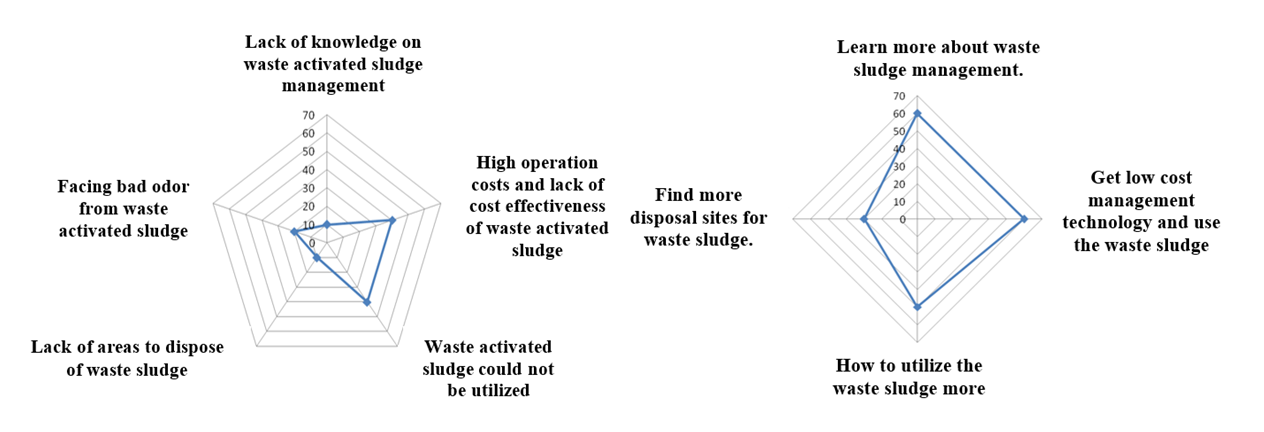Investigation of Excess Sludge Generated from Activated Sludge Treatment Plant of Concentrated Latex Factories: An Investigative Case Study in Southern Thailand
Main Article Content
Abstract
Activated sludge technology has been employed for wastewater treatment in the concentrated latex factories in the south of Thailand. This paper highlights the survey results of the excess sludge generated from activated sludge treatment plants of the concentrated latex factories, including sludge generation rate, sludge characteristics, as well as sludge management and its problems. The total number of 11 factories was investigated. The findings showed that 20% of the investigated factories using activated sludge did not know how much the excess sludge generation rate was. With an in-depth investigation, the excess sludge generation rate was determined as for 28 kg/ton concentrated latex product or 10 kg/ton of field latex used in the concentrated latex factories. The excess sludge had a low C/N ratio with an average value of 4.7 and contained N, P, and K with the average of percentage values of 8.0, 2.0, and 1.0% dry basis, respectively. However, the excess sludge consisted of Zn with an average of 3.01% dry basis. 60% of the investigated factories using an activated sludge system had issues concerning the management of excess sludge. Moreover, various aspects of the excess sludge management were discussed and lessons were learned on the current excess sludge management of the concentrated latex industry in the south of Thailand.
Article Details
Published articles are under the copyright of the Environment and Natural Resources Journal effective when the article is accepted for publication thus granting Environment and Natural Resources Journal all rights for the work so that both parties may be protected from the consequences of unauthorized use. Partially or totally publication of an article elsewhere is possible only after the consent from the editors.
